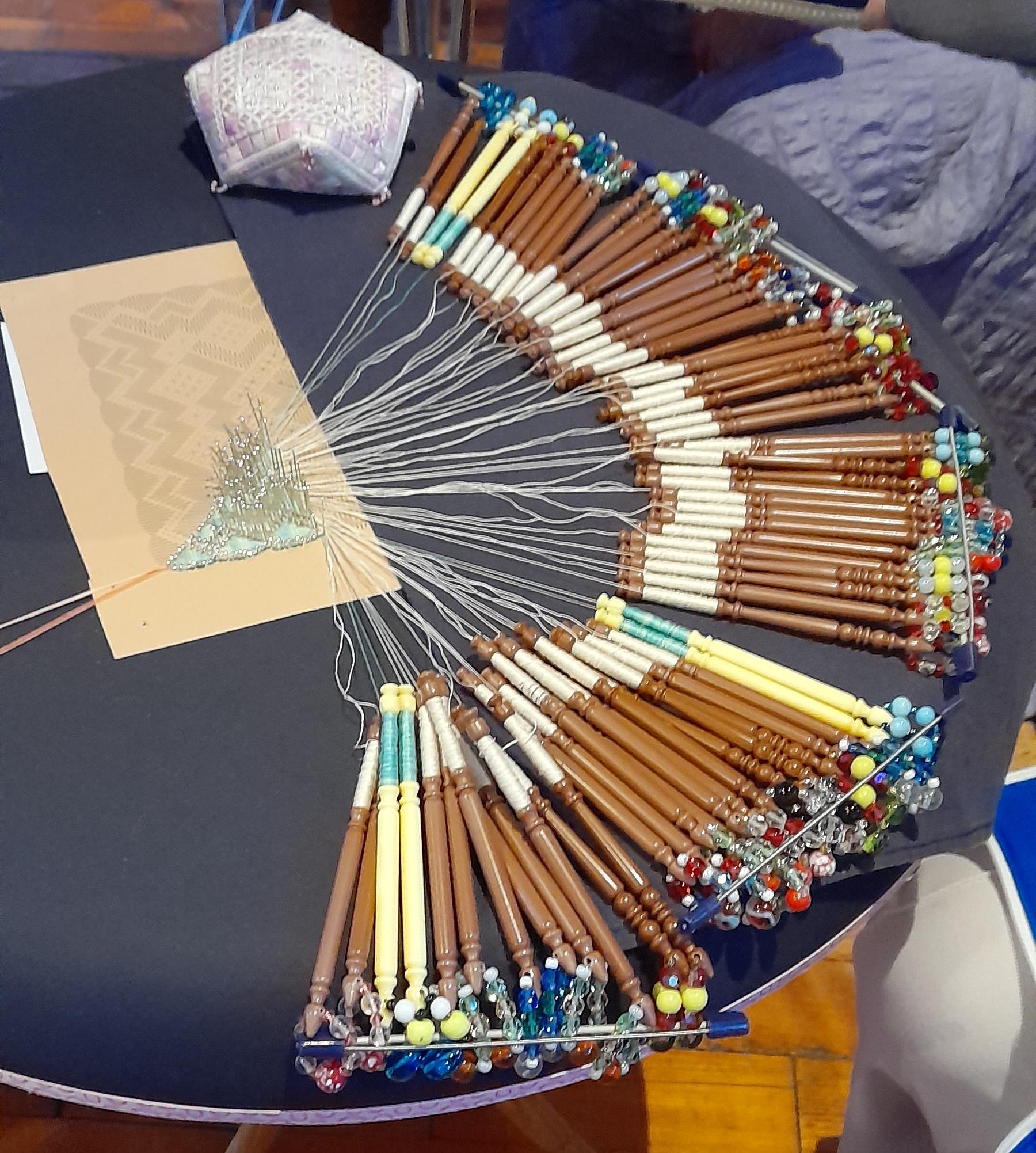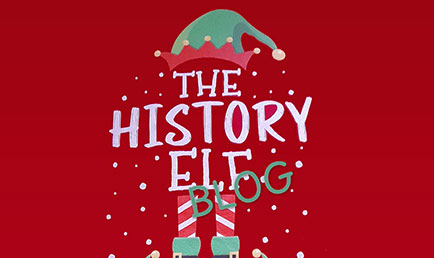My favorite narrative poem, since the age of about nine, is the Highwayman by Alfred Noyes, first published in 1906. How’s this for a powerful opening?
“The wind was a torrent of darkness among the gusty trees.
The moon was a ghostly galleon tossed upon cloudy seas.
The road was a ribbon of moonlight over the purple moor,
And the highwayman came riding—
Riding—riding—
The highwayman came riding, up to the old inn-door.”
Later in the poem, he is shot like a dog on the highway, and lay in his blood on the highway, with the bunch of lace at his throat. The poem has been adapted into a haunting, mystical song by Loreena McKennitt.
The highwayman’s lace collar was a fashion statement, and a statement of his trade. Highwaymen stole lace as well as money and jewels. There was a lucrative trade in smuggling and stealing lace as it was a valuable commodity. But the impoverished women and children who made the lace saw very little of the riches it could generate.
In “Heroes and Traitors”, some characters are described as wearing lace. Even puritan Yonnis has a lace trim on his wedding suit. Lace was all the rage in early modern Europe, a fashion that spread from Italy to France and then further north in the 16th century, and it sustained itself until the late 19th century.
The dressmakers and tailors of rich people bought intricately patterned lace from dealers, who bought from other middlemen, and at the beginning of the supply chain, making barely a pittance, where the women and children of agricultural labourers, including some of my ancestors.
Lacemaking came to England from France and Flanders, where the lacemakers were recognised as skilled artisans. These hard-working artists were religious refugees, many of whom settled in Buckinghamshire and the Berkshire borders and passed on their trade to locals. In the 19th century Bucks black lace was particularly valued. It was used in England to trim black mourning dresses for widows like Queen Victoria herself. It was also popular in France – to trim titillating black underwear…
You can probably imagine that working with black thread rather than white was particularly hard on the eyes of the lacemakers. They had gruelling lives. The worked long hours every day, which meant by night in the winter, when they had to try to reflect candlelight with special water glasses to make the most of the dim flame. They needed to work outside as much as possible, to avoid the lace being tainted by smoke. Women and children, hunched over lace cushions, twisting linen yarn around pins, following detailed patterns to make pretty flowers and birds consistently over long lengths of lace. They worked together, chatting and singing to relieve the boredom.
Girls went to lace school from infancy, because the younger you started twisting the yarn, the earlier your finger muscles adapted to the job. Lace schools boomed in Bucks, one of the first being found by Sir Willaim Borlase in Marlow in 1624. The nearby flax fields ensured an easy supply of thread. The craft sheds in “Heroes and Traitors”, so beloved by the new republic, are based on the real efforts of a few philanthropic landowners of the early modern period to teach trades to their tenants, so that they could diversify their family income and avoid starvation in bad times.
Eventually, machine-made lace replaced the handicraft and my ancestors had to switch to making cane and rush seats for Wycombe chairs. It was still poorly paid piecework, and that trade soon died out. Within a generation women’s fingers were pounding typewriters or cash tills in warm environments for a tolerable wage and set hours. When I think of the poor lacemakers, their backs bent over in the cold and dark, twisting threads round pins again and again forever, with no hope of any reward other than physical survival, was it really so bad that things had to change?
Not many people missed lace-making, and it might have died out completely had it not been for Marlow resident Pamela Nottingham, who revived it as a craft, and received an MBE for services to lacemaking in 1998. All hail to Pamela and all the practitioners of lace-making in the 21st century, who can enjoy and share the beauty of the craft as a leisure interest.
I’m on a train as I write this, on my way to see the art collections at Kenwood House, particularly the “Dollar Princesses” exhibitions. I expect that I will see a lot of fine ladies dripping with lace. Of course, I have a sense of pride that my ancestors produced such a beautiful product, but I grieve for what the making of it must have done to their bodies and souls. They are probably looking down on me and laughing at my sentimentality. It was what you had to do, and I am sure that they would point out that they had better lives than my mother’s ancestors, hauling coal up from the Lancashire pits. That story is worth another blog. Especially as we know that the spymaster in “Heroes and Traitors”, Squire Tallier, is so fond of coal.
:
Photo: Lace-making demonstration at Marlow Parish Church.
For more information, visit: Marlow, Bucks’ rich lace-making heritage – nostalgia | Bucks Free Press







